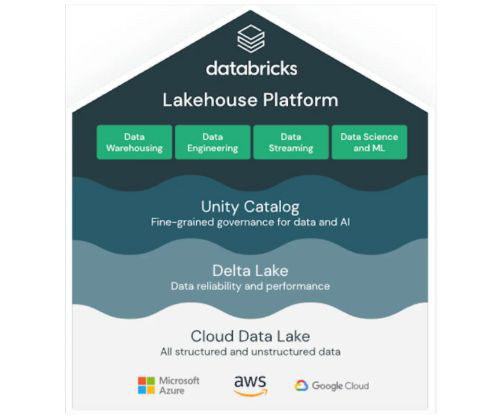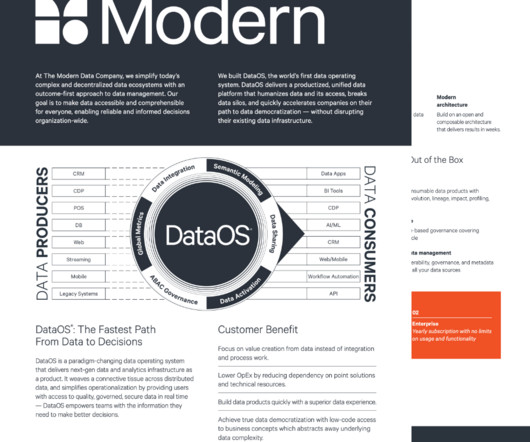A Guide to Data Pipelines (And How to Design One From Scratch)
Striim
SEPTEMBER 11, 2024
These data sources serve as the starting point for the pipeline, providing the raw data that will be ingested, processed, and analyzed. Data Collection/Ingestion The next component in the data pipeline is the ingestion layer, which is responsible for collecting and bringing data into the pipeline.
















Let's personalize your content